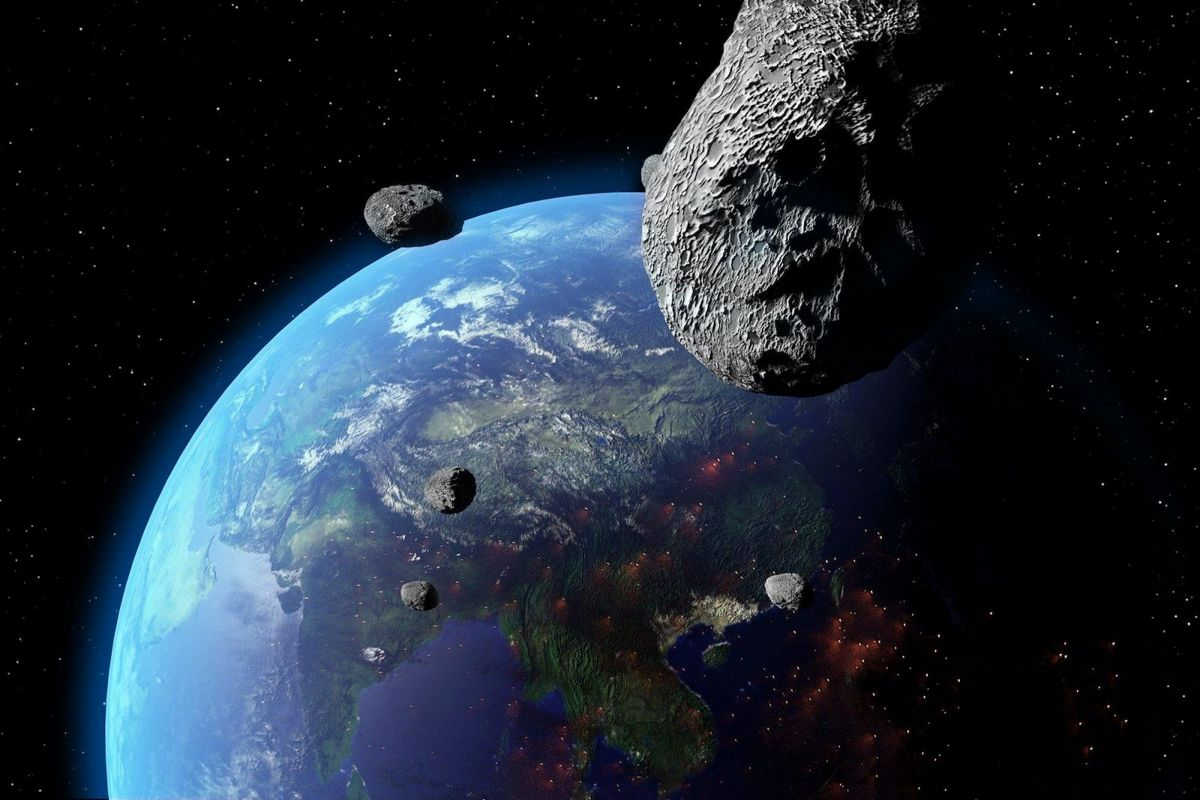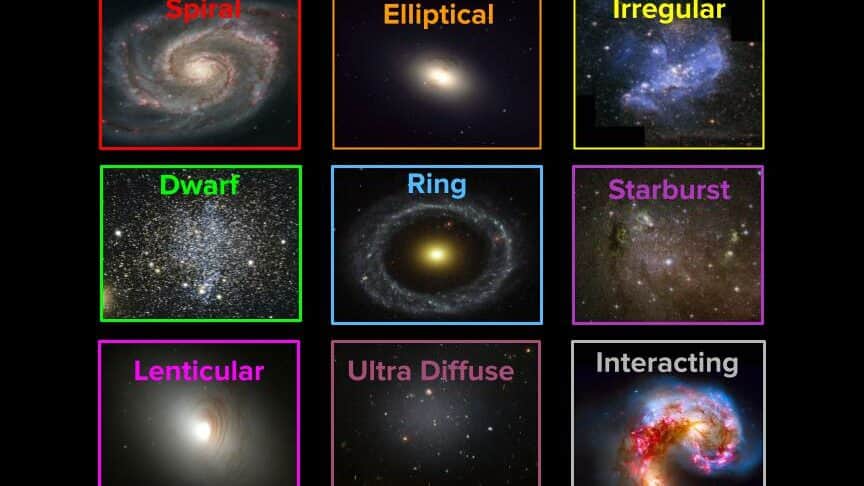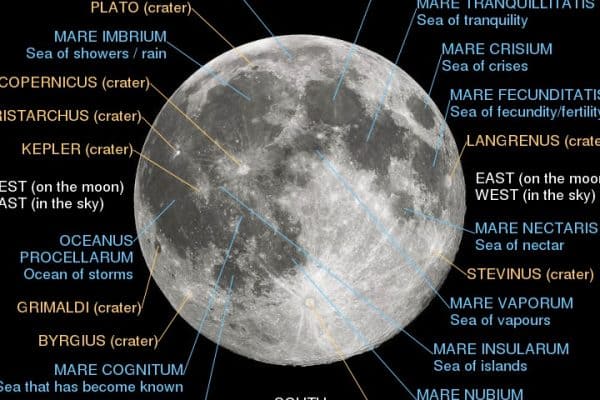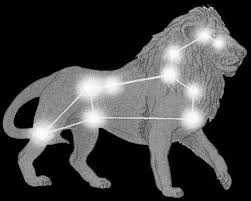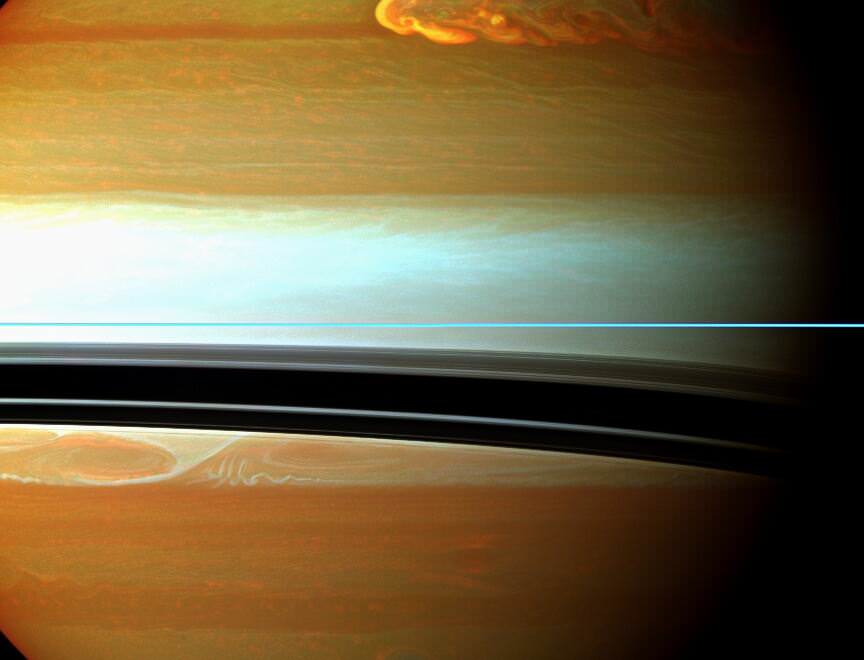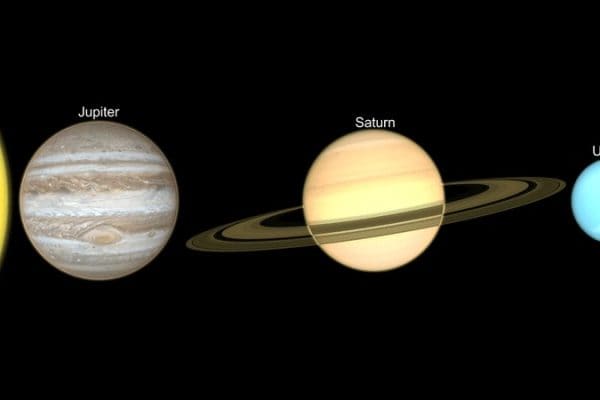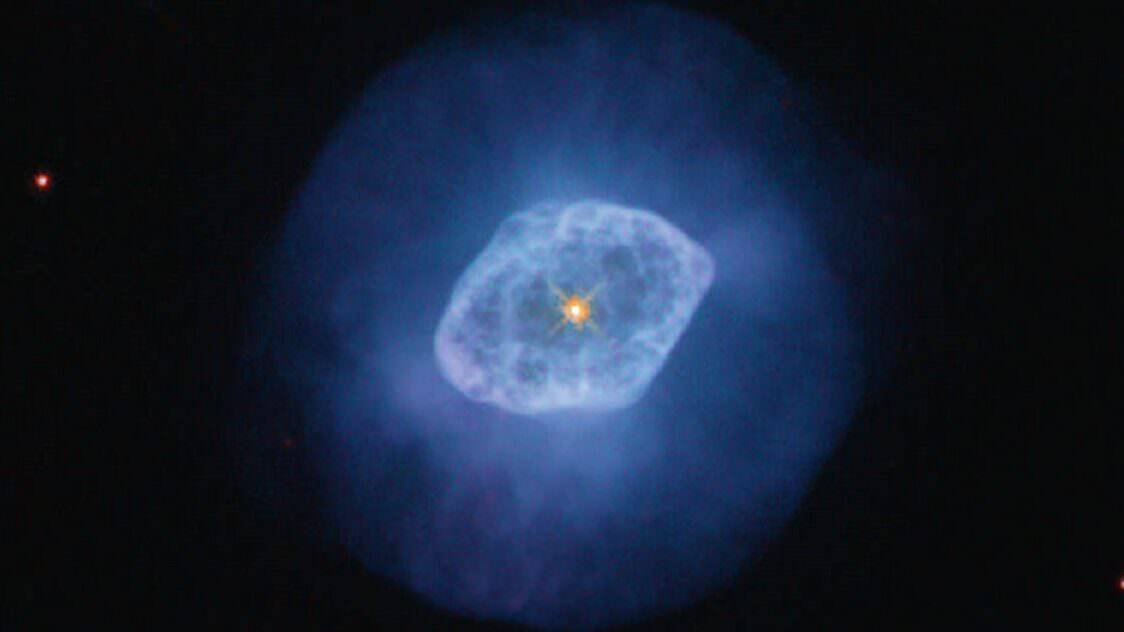
What is the definition of space?
We are all familiar with the concept that space is something that exists outside of our planet, encompassing the entire universe. Essentially, space is an infinite expanse that extends in all directions, containing galaxies and stars, black holes and planets, as well as space debris and various other objects. The prevailing belief is that there…

